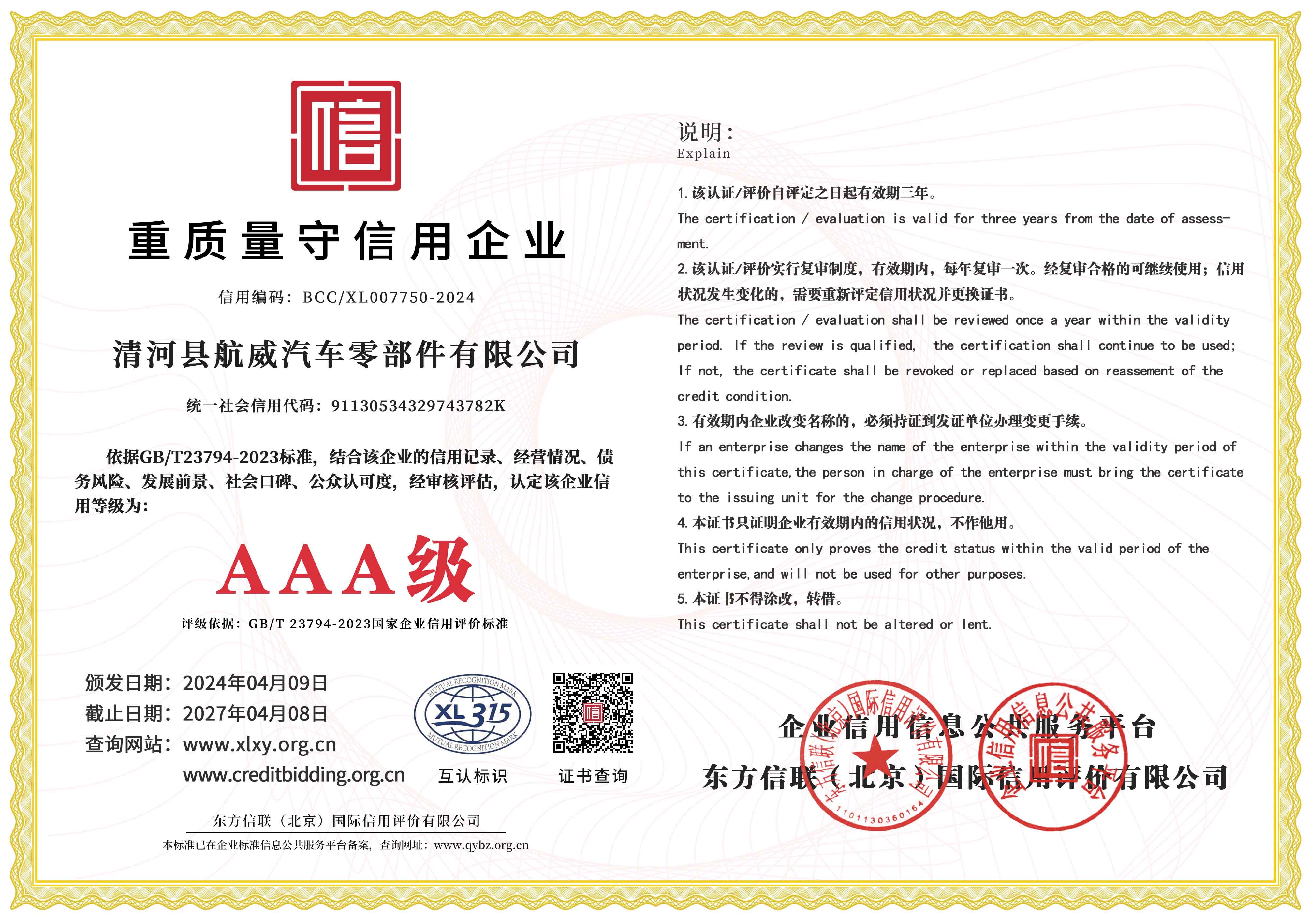Understanding Throttle Control and Cable Functionality in Automotive Systems
Understanding Throttle and Throttle Cable Key Components of Engine Performance
The throttle and throttle cable are integral parts of a vehicle's engine system, playing a crucial role in controlling the engine's power output. Understanding how these components work can help vehicle owners maintain their cars more effectively and enhance their driving experiences.
What is a Throttle?
The throttle is a mechanical or electronic device that regulates the amount of air and fuel mixture entering the engine's combustion chamber. By adjusting the throttle, drivers can control the engine's power output, which directly influences the vehicle's acceleration and speed. Traditional vehicles often equip a mechanical throttle, which uses a cable connected to the accelerator pedal. In contrast, modern vehicles frequently feature drive-by-wire systems. In this system, electronic sensors and actuators replace the cable, allowing for more precise control of the throttle position.
The throttle can be found in different designs, including single throttle bodies or multi-throttle setups in performance cars. Regardless of the configuration, the throttle's primary objective remains the same to manage airflow into the engine for optimal performance.
The Role of the Throttle Cable
The throttle cable connects the accelerator pedal to the throttle body in vehicles equipped with a mechanical throttle system. When the driver presses the accelerator pedal, the cable pulls on the throttle plate, adjusting its position to allow more air into the engine. This mechanical linkage system has been a standard for many decades, providing a straightforward and reliable method of controlling engine power.
While throttle cables are generally durable, they can experience wear and tear over time. Issues such as fraying, stiffness, or slack may arise, leading to unresponsive or inconsistent throttle control. Therefore, regular inspections and maintenance are essential for ensuring optimal vehicle performance.
throttle and throttle cable

The Transition to Electronic Throttle Control
The automotive industry has shifted towards electronic throttle control (ETC) systems, which eliminate the need for a physical throttle cable. Instead of a cable, the accelerator pedal is equipped with sensors that send signals to the engine control unit (ECU) to determine the optimal throttle position. This transition offers several advantages, including increased responsiveness, improved fuel efficiency, and enhanced safety features such as traction control and stability management.
Despite the advantages of electronic systems, they do come with their drawbacks. One concern is the potential for electronic failures, which can lead to throttle malfunction. It is important for vehicles equipped with ETC to undergo regular diagnostics to identify and address potential issues.
Throttle and Performance
The throttle's design and functionality can significantly influence a vehicle’s overall performance. Performance vehicles often utilize high-performance throttle bodies and quick-response systems to ensure that the engine responds instantly to driver inputs. Modifying or upgrading a vehicle's throttle system can enhance acceleration, improve fuel efficiency, and provide a more engaging driving experience.
In racing contexts, throttle tuning can be critical. Adjusting the throttle response can give drivers an edge by allowing them to maintain better control over their vehicle during high-speed maneuvers. This level of tuning requires a deep understanding of both the throttle's mechanics and the vehicle's overall dynamics.
Conclusion
Both the throttle and throttle cable (or their electronic equivalents) are essential components that directly impact engine performance and drivability. Whether you own a classic car with a mechanical throttle system or a modern vehicle with electronic throttle control, understanding these components is key to optimal vehicle maintenance and performance. Regular inspections and timely interventions can ensure that your throttle system operates smoothly, allowing you to enjoy a safer and more responsive driving experience. As technology continues to evolve in the automotive industry, staying informed about these critical systems will empower drivers to make educated decisions about their vehicles' care and upgrades.
-
Upgrade Your Vehicle with High-Quality Handbrake CablesNewsNov.01,2024
-
Optimize Your Bike's Performance with Quality CablesNewsNov.01,2024
-
Enhance Your Vehicle's Performance with Quality Clutch ComponentsNewsNov.01,2024
-
Elevate Your Vehicle's Performance with Quality Throttle CablesNewsNov.01,2024
-
Elevate Your Vehicle's Performance with Quality CablesNewsNov.01,2024
-
Affordable Solutions for Your Cable NeedsNewsNov.01,2024
